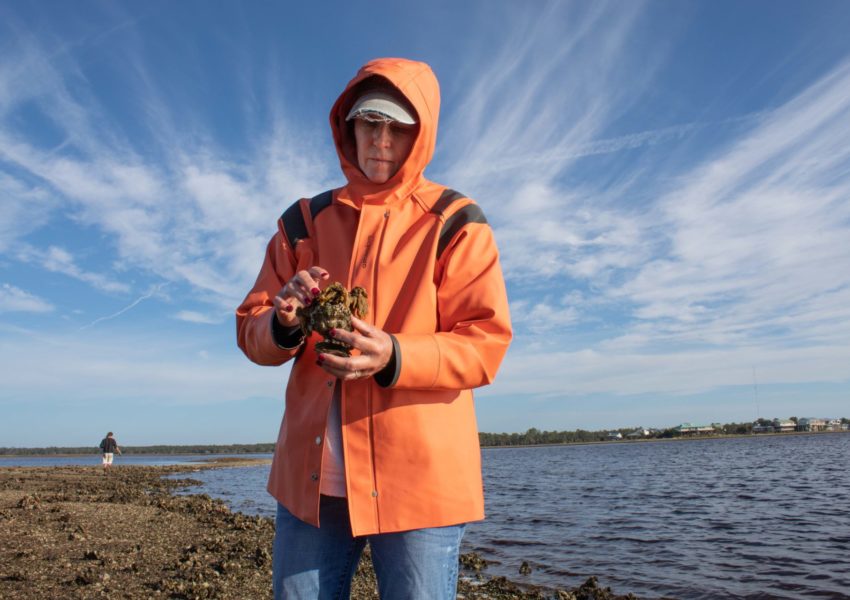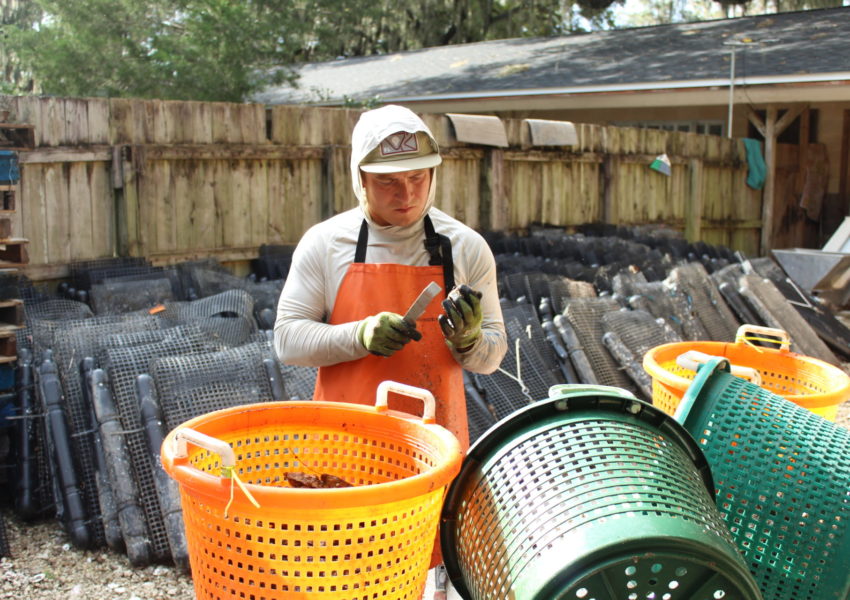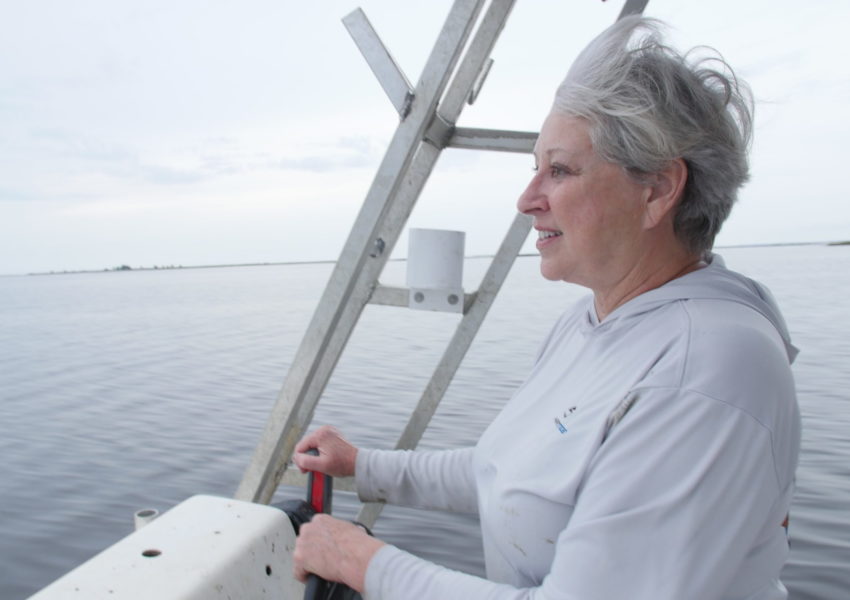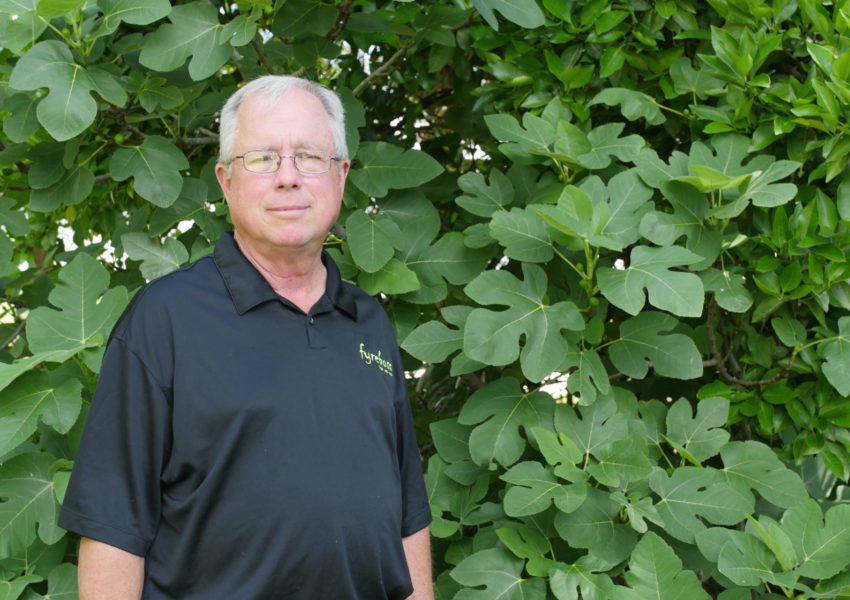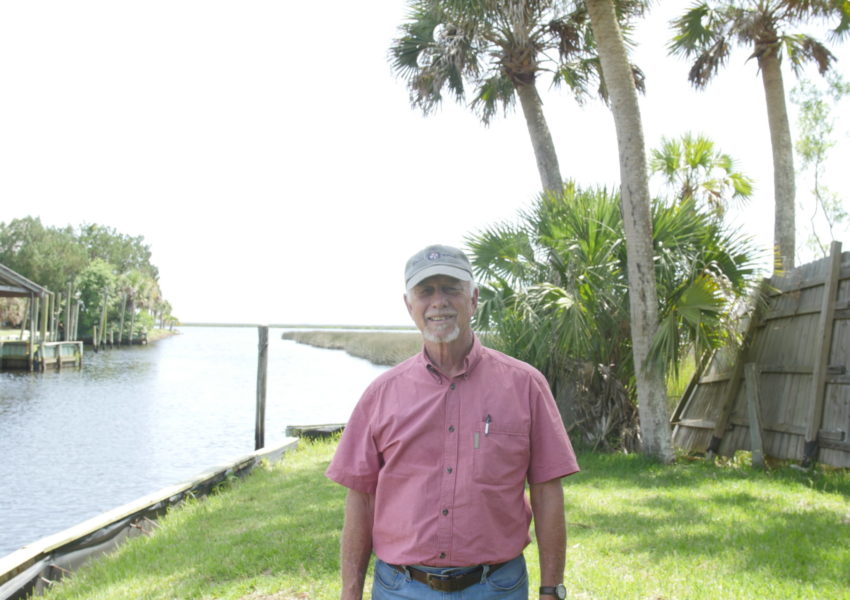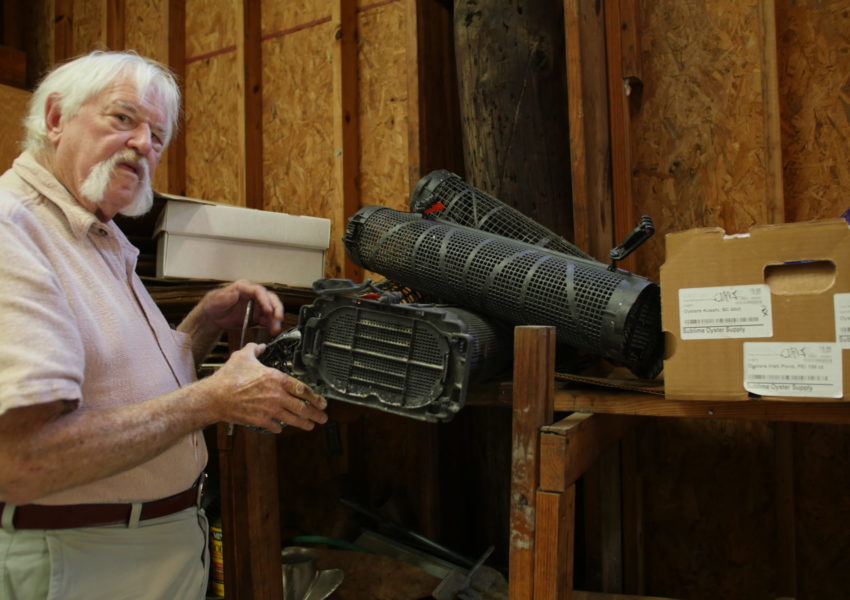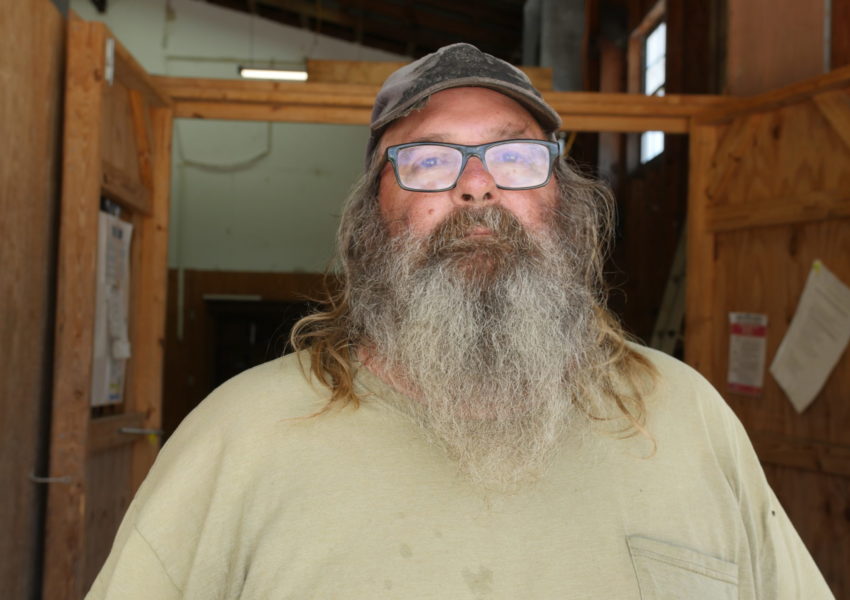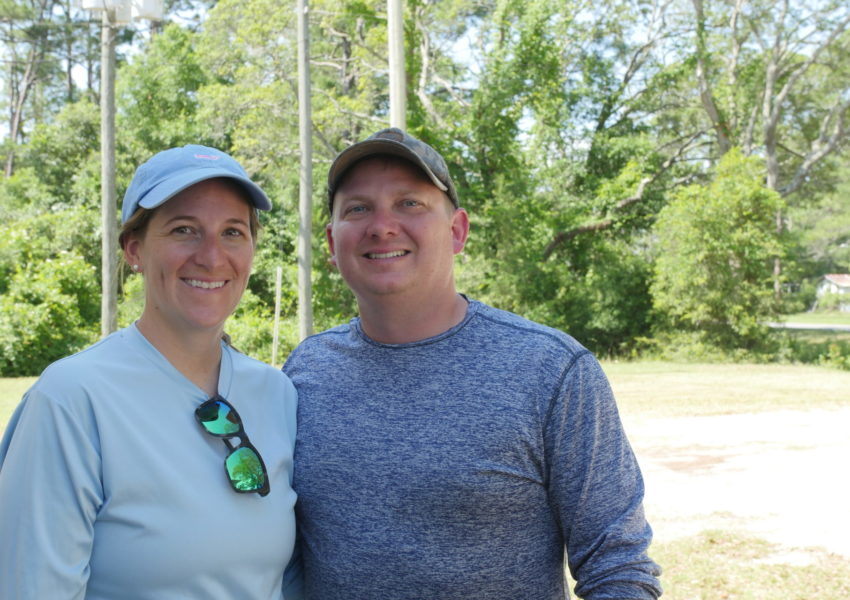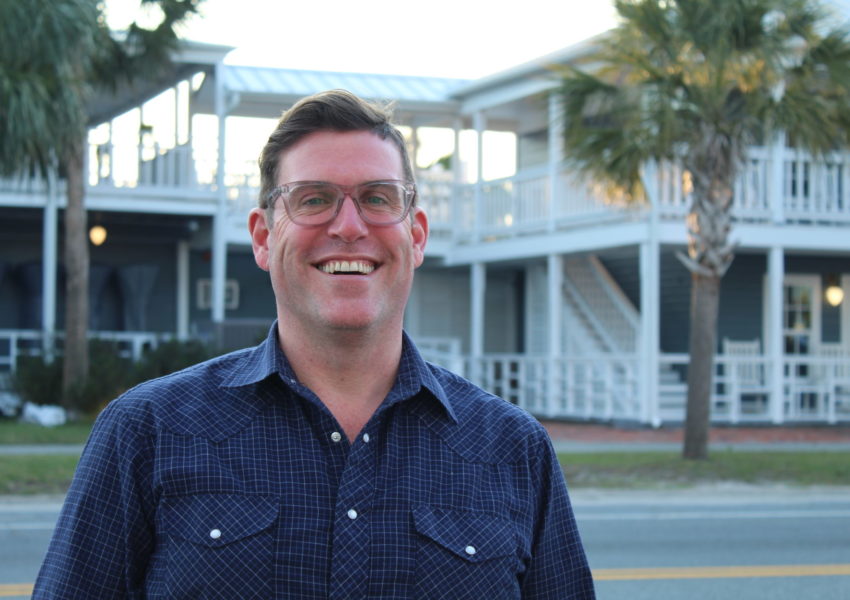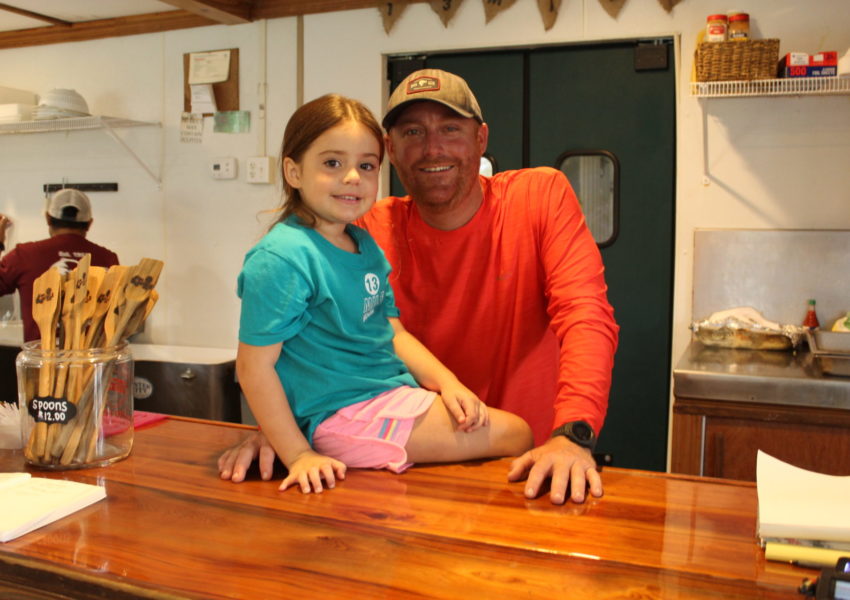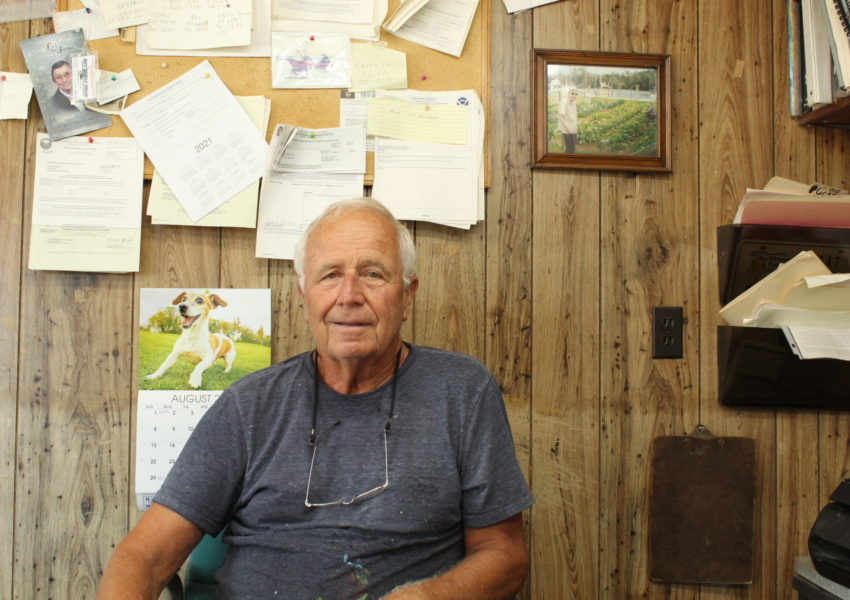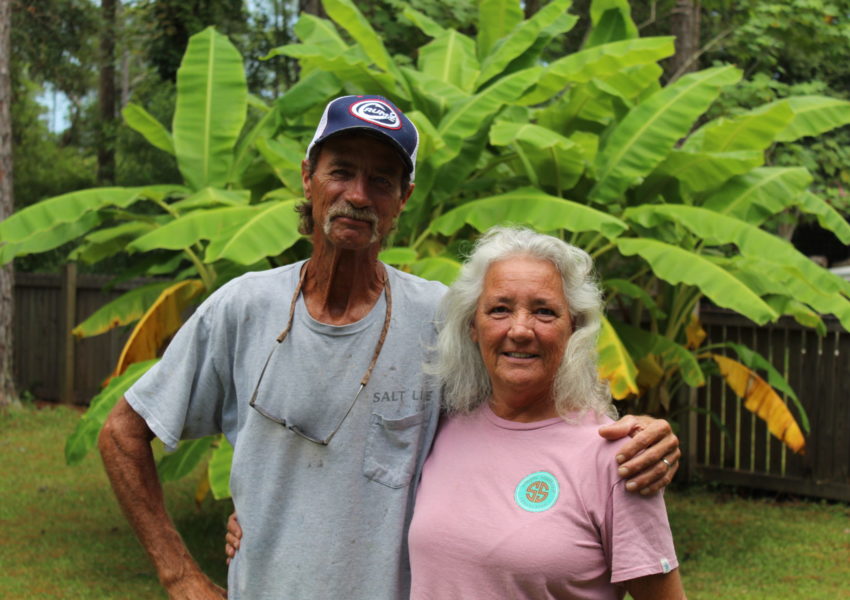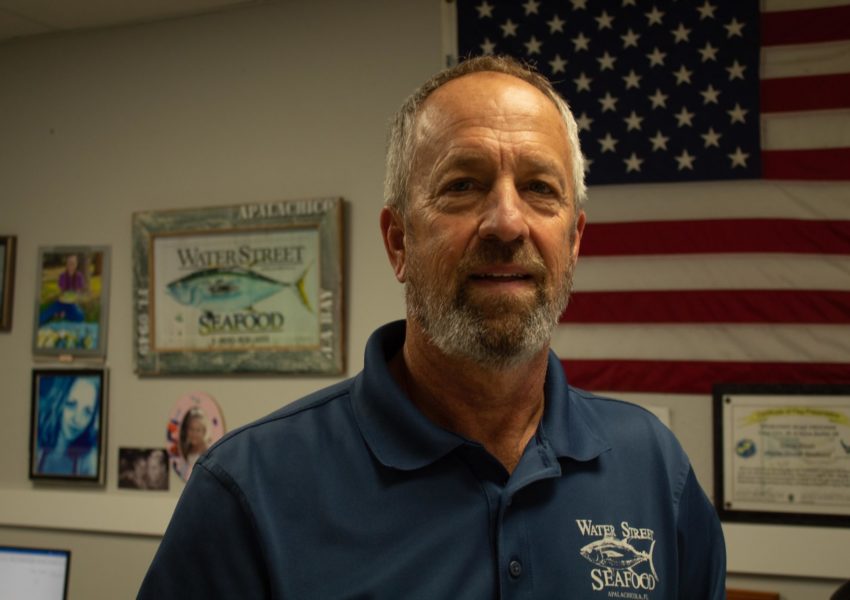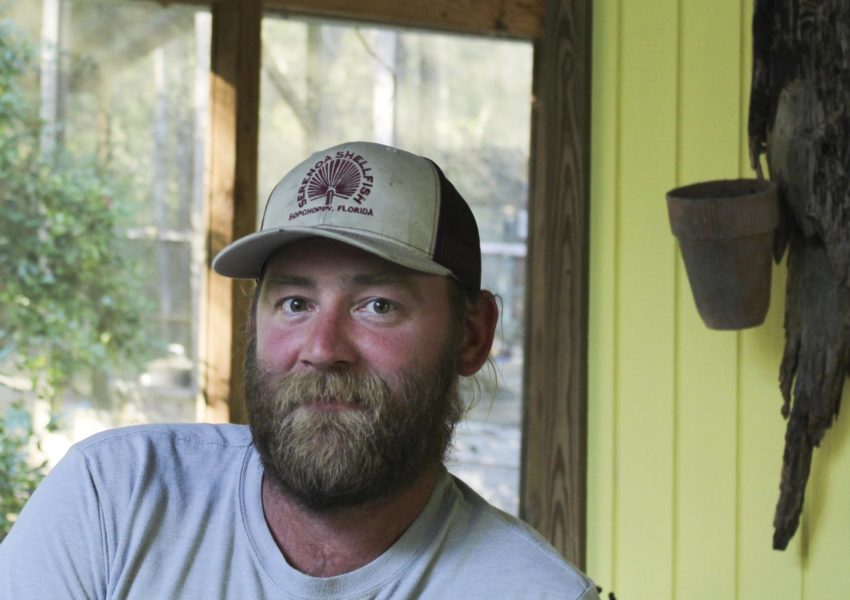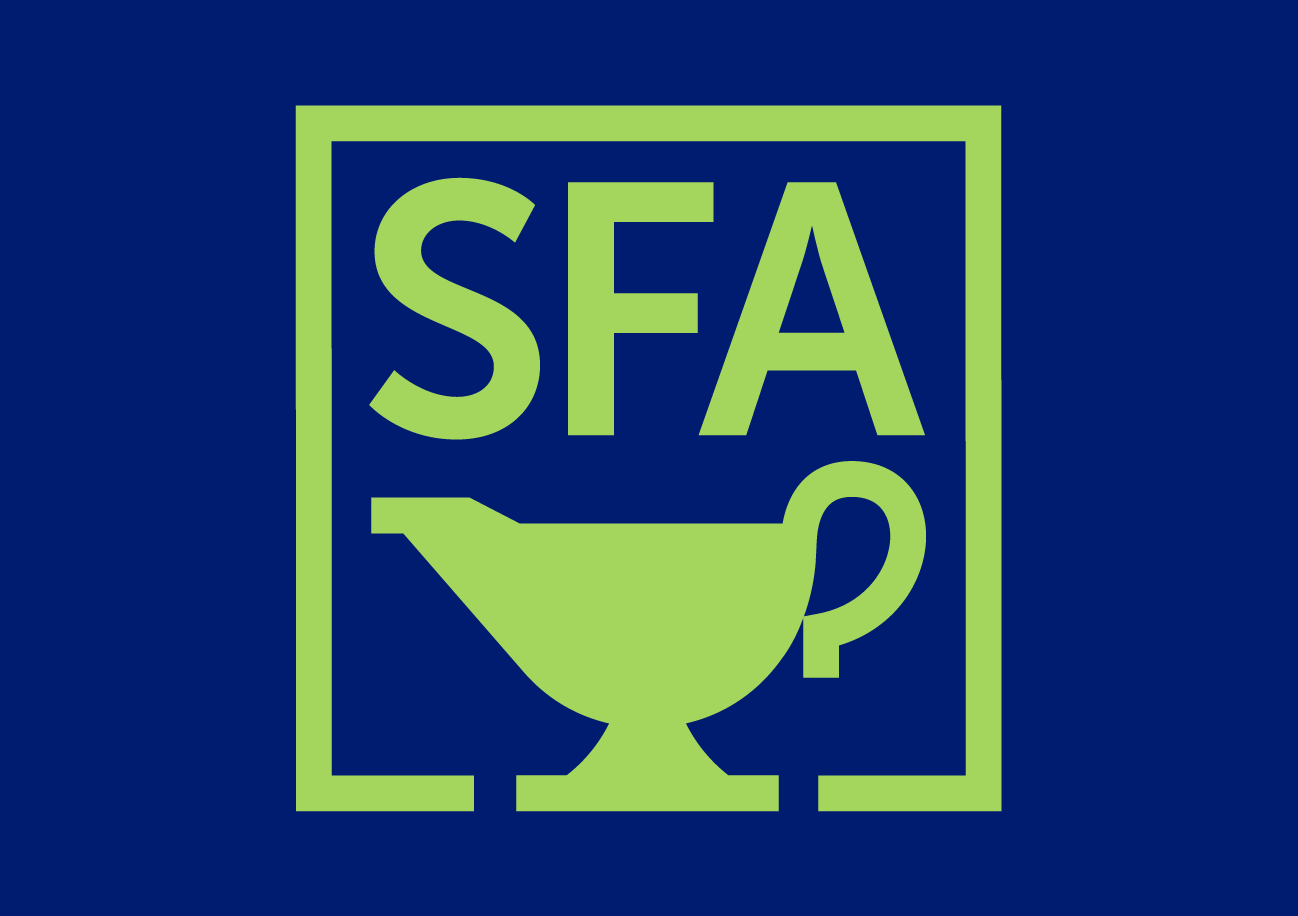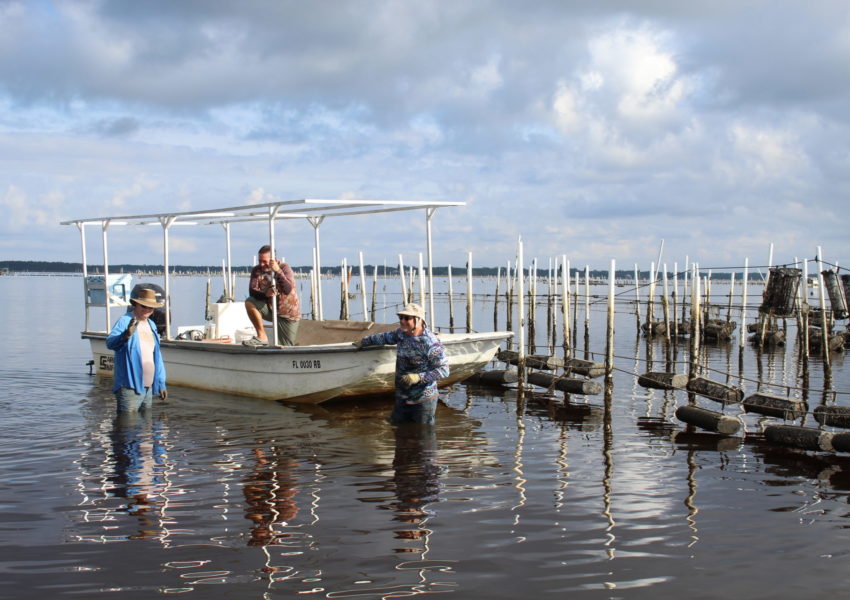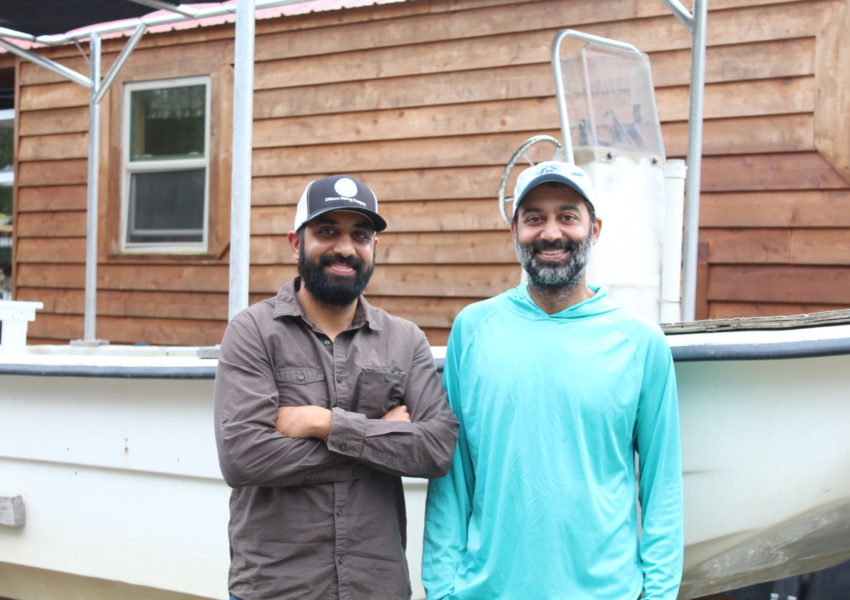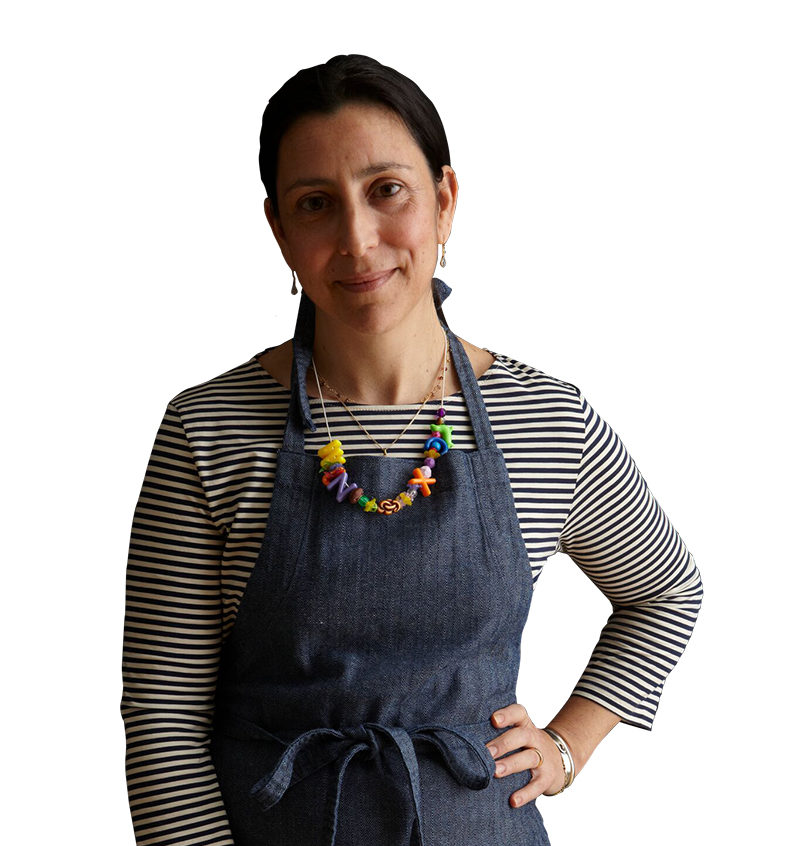A new generation is transforming the Forgotten Coast. Oyster aquaculturists throughout Wakulla and Franklin Counties add new life to the declining commercial oyster and fishing economy. Waterfolk plant and tend oyster spat, or small oysters, in cages and baskets in Apalachee and Apalachicola Bays. Oysters are a keystone species. Tiny crabs hide and dance in the protection of oyster cages. Mussels attach and grow on their shells. This is conservation work for the underwater ecosystem.
Along the Forgotten Coast, fishing and harvesting oysters is a way of life. Fish and oysters pulled from Gulf Coast waters are sold throughout the country. Like many commercial fishermen in Wakulla and Franklin counties, narrator Leo Lovel also commercially fished and owned a restaurant in the small village of Spring Creek, Florida. “We shipped soft shell crabs and octopus, and I’m not talking about ten pounds, I’m talking about thousands of pounds,” Mr. Lovel remembered. Twice weekly, semi-trucks left their Spring Creek hub carrying thousands of pounds of inshore and offshore caught fish. Fish and oyster houses along the Forgotten Coast shipped millions of pounds of seafood regionally and nationally. A variety of environmental factors like climate change, poor water quality, the voracious water needs of metro-Atlanta, and overharvesting negatively impacted oyster populations in Apalachicola. In response to the steep decline of the oyster beds, in 2020 the Florida Fish and Wildlife Commission imposed a ban on the wild oyster harvest in Apalachicola Bay. That ban is in place until 2025.
For some long-time watermen, oyster aquaculture is a way to reinvigorate the long-held culture of waterwork. Generational watermen and newcomers alike farm oysters in cages in the bay. “ I can remember, as a kid, when I’d go to work with my uncles. Once we hit St. George Island bridge . . . you’d start seeing boats,” related oyster farmer Larry Bowen. “They’d go all the way across the three-mile intracoastal waterway. It was just impossible to count how many boats were there.” As an adult, Bowen continued to fish and oyster in Apalachee Bay while working full time at the local gunpowder plant, and his is a firsthand account of the abundance of past and paucity of the present.
Oyster farmers are also learning to adapt their farming techniques to their environment. Aquaculturists learn to work with their environment. They embrace seagrasses, mud, and prescribed burns from nearby national forests to grow an oyster infused with place. Relying on neighboring farmers and their environment, they evaluate the impact of water depths, weather conditions, and tides when choosing their equipment and farming practices. “You’re gonna learn as you go. Because where your farm is has different elements than someone else, and there’s just so many elements, says Veeral Padalia. “There’s no right answer or right technique. You’re gonna see what works for you.” Together, this community produces oysters eaten in restaurants throughout the region and beyond.
Listen to the men and women who work the waters of Florida’s Forgotten Coast.


